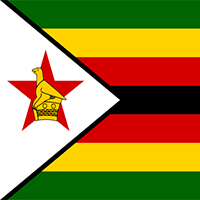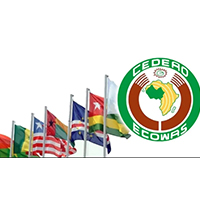Banco Nacional de Angola launches the 5,000 Kwanza banknote of the new Series 2020, on February 4, 2021, marking the date of celebration of the Beginning of the Armed Struggle for National Liberation.
In shades of lilac, the 5,000 Kwanzas banknote of the 2020 Series is produced on a cotton substrate, containing new security elements, including a watermark, a “Thinker” figure, with projection on both sides of the banknote. It also contains a security thread with the multicolored image of the Bakama mask, and is also identified on the face of the note in the form of a security seal with projection on the reverse. The value of the banknote and the acronym “BNA” change from pink to green when the banknote is tilted and there are still microtexts printed, only legible with the use of a magnifying glass.
The new 5,000 Kwanzas bill pays tribute to the Historic Center of M’Banza Kongo, which was classified by UNESCO as a World Heritage Site and where Kulumbimbi is located, ruins of what is considered the first church built south of the Sahara and which stands out for its singular architecture.
The new 2020 Series of Kwanza banknotes came into circulation on July 30, 2020, with the launch of the 200 Kwanza banknote. Over the course of 2020, the new Kwanza banknotes were gradually put into circulation, and on the 17th of September the new 500 Kwanza banknotes started to circulate, on 1 October it was the turn of the new 1,000 Kwanza banknotes, the November 11, the 2,000 Kwanza banknotes entered into circulation, and now the new 5,000 Kwanzas banknote comes into circulation, on February 4, 2021.
It is important to underline that all banknotes from the previous Series (2012 Series) continue to be valid and must continue to be accepted as a means of payment, circulating simultaneously with the new 2020 Series banknotes until December 31, 2021.
The new 2020 Series of Kwanza banknotes, inspired by the greatness of independent Angola and landscapes of unique beauty, contains elements of cultural identity, symbolizing their journey as a sovereign country and, thus, valuing their historical trajectory.
Source : Banco National de Angola



